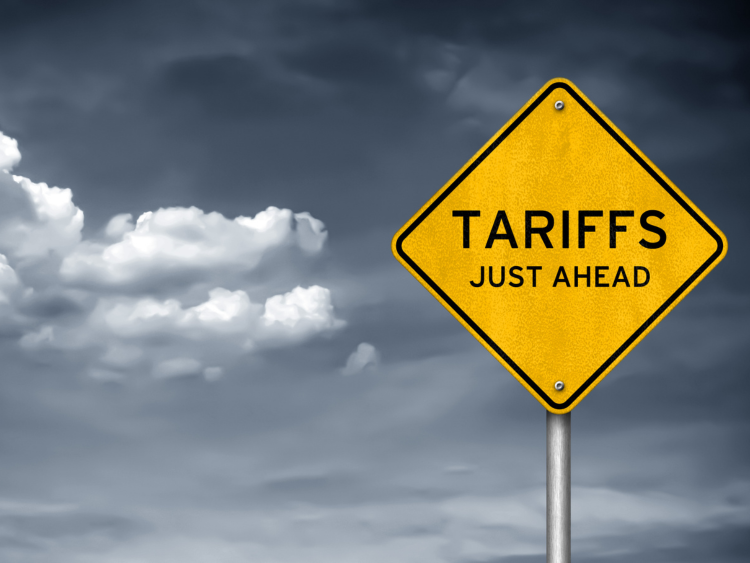Government/Policy

February 17, 2019
Leibowitz on Trade: The Spending Bill and Product Exclusions
Written by John Packard
Trade attorney and Steel Market Update contributor Lewis Leibowitz offers the following update on events in Washington:
On Friday, President Trump signed into law the Consolidated Appropriations Act, 2019, the spending bill that averts a second government shutdown. The legislation, which funds government operations through Sept. 30, 2019, essentially keeps spending at fiscal 2018 levels, but there are, as usual with “continuing resolutions,” some interesting twists.
One provision relates to steel and aluminum product exclusions administered by the Bureau of Industry and Security at the Commerce Department (the Section 232 tariffs and quotas). The bill allocates $4.55 million for “contractor support” to implement the product exclusion process under Section 232. The joint statement accompanying the bill has additional explanation: explaining the spending bill has a section requiring BIS to allocate the additional resources “devoted to an effective Section 232 exclusion process.” The joint statement requires a quarterly report from Commerce detailing the number of exclusion requests received, the number approved and denied, the status of efforts to assist small and medium-sized businesses in “navigating the exclusion process,” staffing levels and Department funding. The first quarterly report will be due by April 15.
The spending bill also mandates creation of an exclusion process for the China tariffs added in September of last year. These tariffs, affecting $200 billion worth of imports from China (at 2017 levels), are currently at 10 percent but scheduled to increase to 25 percent on March 1. The spending bill was a reaction against U.S. Trade Representative Robert Lighthizer’s statement in January that no product exclusion process would be created unless the negotiations with China failed and the tariffs went up. The new exclusion process is to be created within 30 days after the signing of the bill (or by March 17). The U.S. Trade Representative is to consult with relevant congressional committees on the nature and timing of the exclusion process.
The impact of these mandates on the Commerce and USTR exclusion processes is, of course, not certain. Congress has expressed its interest in product exclusions on many occasions. The evidence of domestic industries being harmed by these tariffs continues to mount. Within two weeks, there will be an announcement regarding the trade talks with China. Soon after, there could be movement on Canadian and Mexican exemptions from the steel and aluminum tariffs. When Congress has the chance to admonish the administration on these issues, it enthusiastically does so. To date, there has been little movement, other than the substantial revisions to the Commerce Department exclusion process last September. Notwithstanding those revisions, however, there are still thousands of exclusion requests on steel products that have not been decided, with U.S. customers having to pay tariffs until Commerce makes its decisions.
Lewis Leibowitz
The Law Office of Lewis E. Leibowitz
1400 16th Street, N.W.
Suite 350
Washington, D.C. 20036
Phone: (202) 776-1142
Fax: (202) 861-2924
Cell: (202) 250-1551






